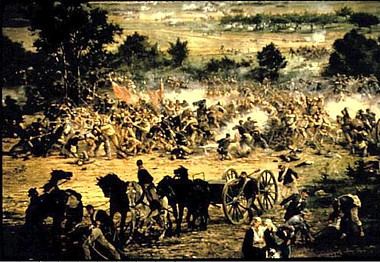Phone +1 617-426-5000 | ||
 | ||
Address 539 Tremont St, Boston, MA 02116, USA Similar Calderwo Pavilion (at the Bosto, Speakeasy Stage Co, The Institute Of Contemp, Lyric Stage Company of Boston, Boch Center ‑ Wang Th Profiles | ||
Public programs at the boston center for the arts
The Boston Center for the Arts (BCA) is a 501(c) nonprofit visual and performing arts complex in the South End neighborhood of Boston, Massachusetts. The BCA houses several performance and rehearsal spaces, restaurants, a gallery, the headquarters of the Boston Ballet, the Community Music Center of Boston and several other arts organizations. The BCA also serves as home to four Resident Theater Companies and a number of artists. The BCA's main building, the Cyclorama, is on the National Register of Historic Places. Boston Ballet's headquarters was designed in 1991 by architect Graham Gund.
Contents
- Public programs at the boston center for the arts
- Nipsey hussle at cyclorama boston center for the arts
- History
- Facilities
- References
Nipsey hussle at cyclorama boston center for the arts
History
The BCA began operation in 1970 when the Boston Redevelopment Authority, in an effort to revitalize the South End area, designated one city block for the development of a new arts center. The city of Boston purchased the old Cyclorama Building and neighboring brownstone buildings for the project and agreed to lease the property to the newly formed BCA for a nominal yearly fee. The BCA is fully responsible for the management of its historic campus. The Cyclorama, a large rotunda, was built in 1884 by Charles Amos Cummings and Willard T. Sears to house the Battle of Gettysburg, a panoramic painting by the French artist Paul Philippoteaux.
The building’s original façade included a number of turrets and towers, and a stately arch at the entrance, giving it the appropriate appearance of a fortress.
Between 1899 and 1922, the Cyclorama building had many uses, including incarnations as a garage, a boxing ring, and an automobile workshop. The Boston Flower Exchange purchased the Cyclorama building in 1922 to use the space as its headquarters and venue for its flower shows. During the Flower Exchange’s tenure, the façade was renovated, the turrets removed and the arch demolished. The copper dome that sat atop the Cyclorama was replaced by a glass skylight. In 1967, the Boston Redevelopment Authority, spurred by Royal Cloyd, a South End resident and chairman of the Urban Renewal Committee, began planning the development of a new center for the arts in Boston. Cloyd, the founder and eventual first president on the BCA, realized the need for affordable space for artists to work during a visit to the Atlanta Arts Center. Under Cloyd's advice, the BRA designated the Cyclorama building, the National Theatre, the Pennock and Tremont Estates buildings as the site of the new arts center. The BCA has grown exponentially since its birth, becoming one of Boston’s premiere arts organizations and venues. In 2004, the BCA entered into a partnership with the Huntington Theatre Company, building the Stanford Calderwood Pavilion, the first new theater venue built in Boston in over 75 years. The Calderwood Pavilion stands on the site of the old National Theater, a vaudeville theater that attracted the likes of Sammy Davis Jr. and Duke Ellington.
